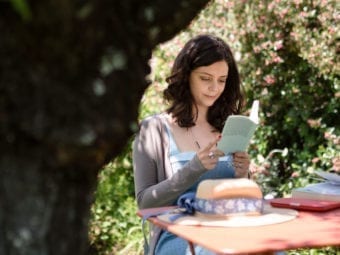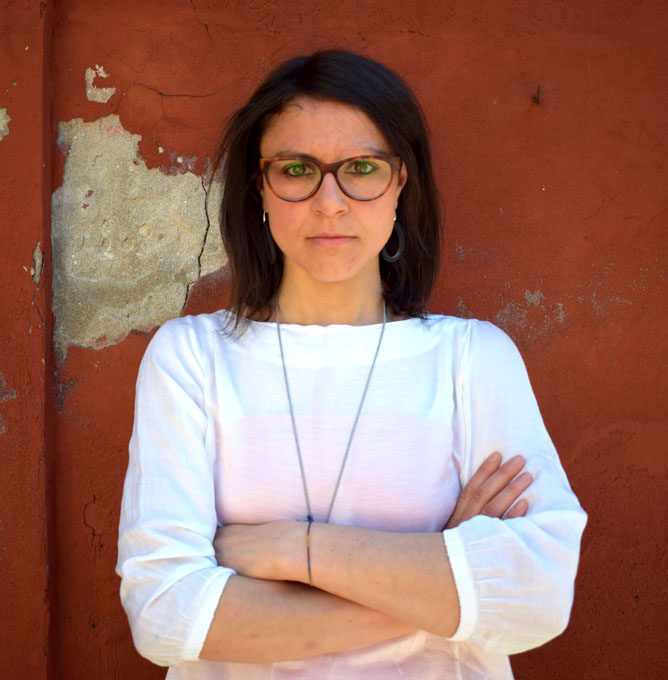Past Fellows
Eloisa Morra
Summer 2018
2018 CIVITELLA FELLOW
Eloisa Morra is Assistant Professor of Italian and Visual Studies at the University of Toronto. She earned a Ph.D. in Italian Literature from Harvard University, completed her B.A. and M.A. at the Scuola Normale Superiore, and was a Visiting Scholar Researcher at the École Normale Supérieure in Lyon.
In her research, she explores interdisciplinary issues at the crossroad of textual criticism and art history, Modernism, translation, the Renaissance and its reception in the twentieth century (a list can be found here). Eloisa’s book “Un allegro fischiettare nelle tenebre. Ritratto di Toti Scialoja” traced the first intellectual biography of painter-poet Toti Scialoja; it was published by Quodlibet in 2014 and received a special mention at the Edinburgh Gadda Prize 2015. Also, Eloisa discovered and published an unknown illustrated book by Scialoja, Tre per un topo (Quodlibet 2014). Her essays have appeared in Lettere Italiane, Italianistica, Ermeneutica letteraria, Forum Italicum, among others. Eloisa is the editor of a forthcoming collection of essays on the formation of the literary canon in Renaissance Italy. At Harvard, she collaborated with the Carpenter Center for the Visual Arts and worked as a research curatorial assistant at the Harvard Art Museums, co-curating the exhibition, “In Africa is another Story: Looking Back at Italian Colonialism” (Pusey Library, 2014). She is a regular contributor to Flash Art and alias-il manifesto.
For her CIMA Affiliated Fellowship at the Civitella Ranieri Foundation she will work on her manuscript, “Beyond the page. Gadda and the visual arts.”
Caterina Caputo
Spring 2019

Caterina Caputo received her PhD (Doctor Europaeus) from the University of Florence, Pisa, and Siena. Her work addresses topics at the crossway of collecting, art market, cultural dissemination, and transnational exchanges related to Surrealism, Avant-gardes, and Modernity. She worked as a tutor at the University of Florence, where she also took part in academic research groups. Starting from 2016 she is a member of the Paul Mellon Centre Doctoral Research Network in London.
Caterina has recently turned her PhD thesis into a book titled Collezionismo e mercato. La London Gallery e la diffusione dell’arte surrealista, 1938–1950 (Firenze, Pontecorboli: 2018). She is currently contributing to the Art Market Dictionary (De Gruyter 2020). She presented papers in several international conferences in Europe and the U.S., and published articles on Surrealism, Giorgio de Chirico, and collecting in academic journals, including “Ricerche di storia dell’arte” and “Archivio dell’arte metafisica: Studi OnLine.” In 2017 she participated in the École de printemps (the International Consortium on Art History) and to the Centre Pompidou Summer School with a topic concerning Surrealists’ collections. Recently, Caterina has been awarded the Leon Levy postdoctoral fellowship at the Center for the History of Collecting at the Frick Collection.
For the CIMA Fellowship Caterina will examine the Rino Valdameri’s collection of Contemporary Italian Art, in particular focusing on the metaphysical artworks presented in this significant collection assembled during the 1920s and 1930s.
Antonio David Fiore
Fall 2018
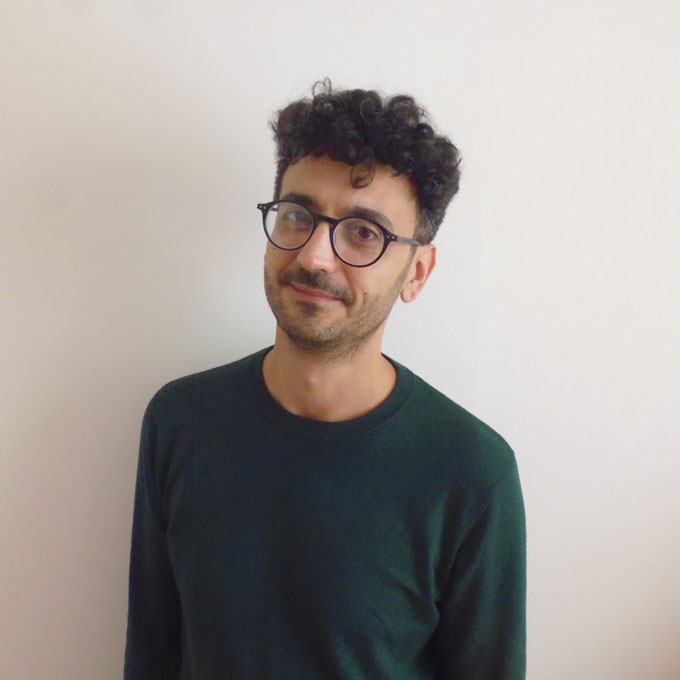
Antonio David Fiore passed his Viva in November 2017, completing a fully funded PhD in History of Art at the Open University (UK) supervised by Tim Benton and Susie West. His research focused on the output of the Italian decorator Giulio Rosso (1895-1976), reconstructing Rosso’s career while considering the significance of his practice in the context of the decorative arts of the interwar period. Between September 2017 and January 2018, he worked as Associate Lecturer at the School of Art and Design of the University of Bath Spa, where he taught “Art and Design since 1945.”
Antonio graduated in Heritage Studies at the Tuscia University of Viterbo and was awarded a post-graduate diploma by La Sapienza University of Rome. Between 2006 and 2010, he worked as Assistant Lecturer for the Industrial Archaeology and History of Architecture course of the Faculty of Heritage Studies, Tuscia University, Viterbo. As an art historian researcher and cataloguer, Antonio has worked for various galleries and museums in Rome, including the Galleria Nazionale d’Arte Moderna, Museo della Centrale Montemartini, and Musei Vaticani – Modern Art Collection. He has contributed articles, studies, and catalogue entries to a number of different journals, conference proceedings, exhibition catalogues, and books. His monograph on the history of the Centrale Montemartini former power plant in Rome is to be published in summer 2018.
Antonio’s research at CIMA will focus on the Mario Sironi paintings gifted by Emilio and Maria Jesi to the Pinacoteca di Brera. Created between 1918 and 1920, these works are a testament Sironi’s engagement with pittura metafisica and demonstrate the artist’s troubled elaboration of a personal and original interpretation of the movement. The project will result in a detailed catalogue entry for each of painting, which will serve as references for Brera’s curators and researchers once the works go on view in the newly refurbished Palazzo Citterio.
Erica Bernardi
Fall 2018 - Spring 2019
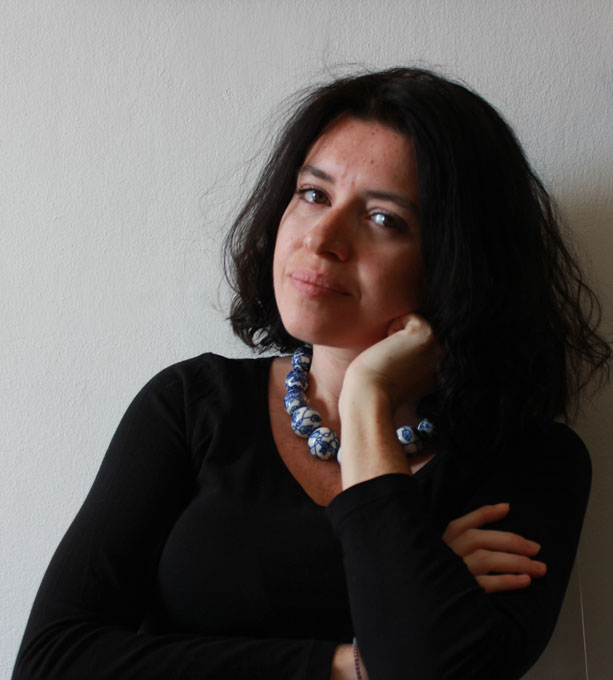
Erica Bernardi received her Ph.D. from the University Ca’ Foscari in Venice. Her research focuses on Franco Russoli, the art historian, museologist, and director of the Pinacoteca di Brera in Milan; most recently she published the book Senza utopia non si fa la realtà. Scritti sul museo 1952-1977, based on her PhD dissertation. She is currently the curator of the Franco Russoli archive and collection, as well as collaborating with the Brera on historical research projects, and coordinating a work team regarding contemporary museology for ICOM – Italy.
After a specialization thesis on Gaudenzio Ferrari and the North Italian Renaissance, she ended up studying the criticism of the twentieth century—catalyzed by her work with Russoli’s archive. Her first project was the catalogue of La Raccolta Berenson (1962); during an internship at Villa I Tatti, Harvard University, she developed what became La nascita del Fogg museum nella corrispondenza Forbes-Berenson (1915-1928). She also catalogued and put online historical photographs from Berenson’s family archive.
During the fellowship Erica will examine the figure of Lamberto Vitali, as a critic and art collector, in relation to those artists he especially appreciated and which are featured in CIMA 2018-19 Metaphisical Masterpieces exhibition: Morandi, Carrà and Sironi.
Carlotta Castellani
Spring 2019
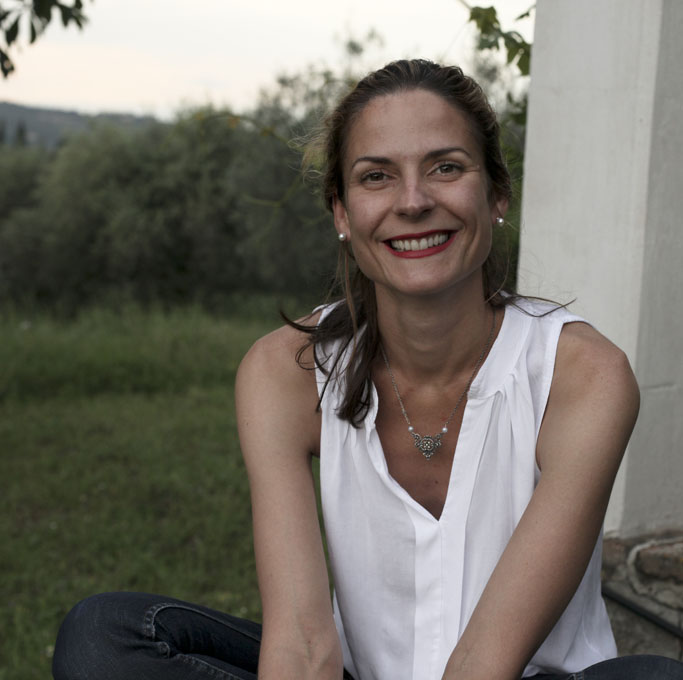
Carlotta Castellani is an Italian art historian and archivist specialized in nineteenth- and twentieth-century art. She obtained her PhD in 2016 in Art History, Literature and Cultural Studies in a joint program with the Universities of Florence and Paris IV Sorbonne. Her thesis explored “The myth of the artist and of the work in Balzac’s Le chef d’œuvre inconnu.” She is currently completing a book edited by Max Seidel with her collaboration on this subject.
Since October 2017 she has been an associate scholar at the Kunsthistorisches Institut in Florenz – Max-Planck-Institut, where, since 2009, she has been the scientific assistant of Max Seidel, working on exhibitions and publications of twentieth-century Italian art (Francesco Clemente. Winter Flowers in New York City, Siena, Complesso museale Santa Maria della Scala, 28 June – 2 October 2016).
Since 2014, she has been responsible for the ordering and analytic study of the historical archive of the German artist residency Villa Romana, founded in Florence in 1905 by the painter Max Klinger. She published the results of this study in her book Il Salone Villa Romana. Uno spazio espositivo internazionale nella Firenze anni Ottanta curato da Katalin Burmeister. Ricostruzione di un archivio (Gli Ori, 2017). Her recent publications also include a book on the German avant-garde journal G. Material zur elementaren Gestaltung edited in Berlin between 1923-1926 (G. Una rivista costruttivista nella Berlino degli anni Venti «G» di Hans Richter, Cleup, 2018).
For the CIMA fellowship, Carlotta will study the activity of Mario Sironi as a caricaturist in the period between 1915 and 1921, with a particular attention to his the involvement in 1920 in the magazine directed by Umberto Notari «I.I.I. Le Industrie Italiane Illustrate».
Elisabetta Rattalino
Travel Fellow
Elisabetta received her PhD from the School of Art History at the University of St. Andrews, Scotland (2017), with a thesis titled The Seasons in the City: Artists and Rural Worlds in the Era of Calvino and Pasolini. Her research, supervised by Dr Alistair Rider and presented internationally in Canada, Croatia, Sweden, England, and Scotland, explored notions of rurality in postwar Italy through the diverse art practices of nine Italian artists.
Prior to her doctorate, Elisabetta studied history of art in Torino and Urbino, and completed a Masters in Landscape, Culture and Art Management (Trentino School of Management, 2011). Since then, she has produced, researched, and co-curated participatory and community-based art projects in both Italy (Cittadellarte – Fondazione Pistoletto onlus, 2011, 2012; Master dei Talenti della Società Civile, 2013-15) and Scotland (Deveron Projects, 2012; 2017-18).
For her CIMA Travel Fellowship, Elisabetta will visit archives and libraries in Rovereto, Milan, Rome, Florence, Cuneo, Treviso, and Parma to develop her doctoral thesis into a book. Influenced by Environmental Humanities discourses, her research aims at presenting an alternative art-historical narrative of the experimental artistic panorama of the 1960s and 1970s, one that brings the countryside into the picture of the Italian art scene at the time.
Elena Salza
Fall 2017 - Spring 2018
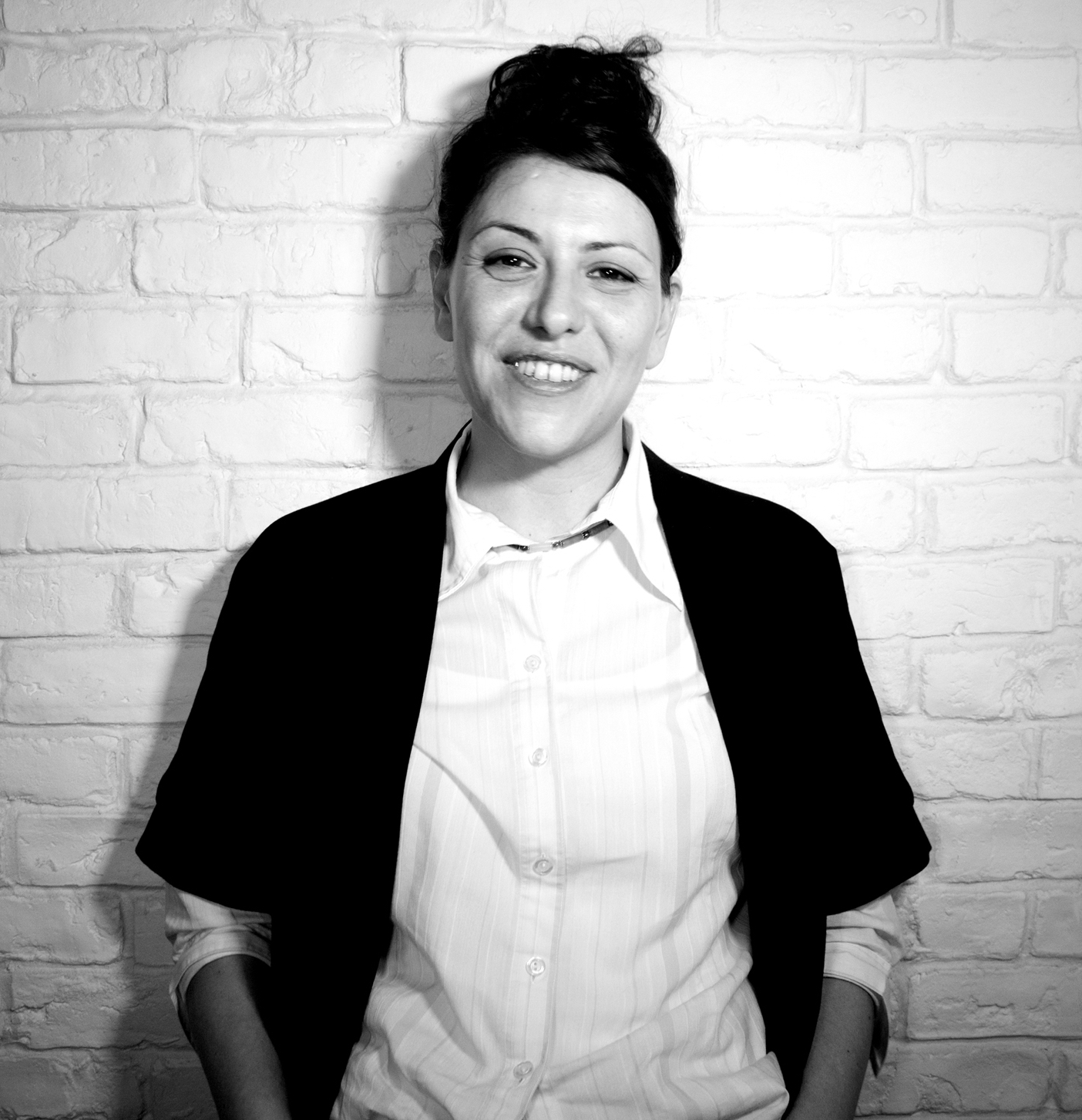
Elena Salza is a doctoral candidate in History of the Arts at Ca’ Foscari University, Venice. Her thesis focuses on the development and peculiarities of Italian art, seen through the lens of the literary and artistic activity of Mario Diacono from the 1960s to the 1980s. She examines in an interdisciplinary way artistic literature and visual culture, and investigates the cultural exchanges between Italy and the United States by studying the role that a revisitation of the historical avant-gardes has played in fostering artistic experiments during those decades.
Salza studied at the University Roma Tre in Rome and at the School of the Vatican Library. She has degrees in both the humanities and art history, with a postgraduate qualification in Library Science. She has worked at the Fondazione Alighiero e Boetti in Rome, and been a member of the research team for the National Research Project The Multiplication of Art/Visual Culture in Italy, and a member of the cataloguing team of the Harald Szeemann Archive at the Getty Research Institute. She also studied at the École de Printemps in Paris in 2012, and at the Digital Humanities Fall School, Venice in 2015. In 2016 she was a recipient of the Branca Research Scholarship at Fondazione Giorgio Cini, also in Venice. Her articles have appeared in L’Uomo Nero (2011); “Arte moltiplicata. L’immagine del Novecento italiano nello specchio dei rotocalchi” in Studi di Memofonte (2013); and Arte a Firenze 1970-2015 (2016).
For her CIMA Fellowship, she will be evaluating the historical circumstances leading to Alberto Savinio’s re-appraisal in the 1970s and 1980s. In this context, she will investigate the terms and modalities of the reception of Savinio’s visual and literary imagery as a source for Francesco Clemente’s painting, placing Savinio’s rediscovery within the framework of the growing critical attention given to some of the new positions in the field of contemporary art.
Alice Ensabella
Spring 2018
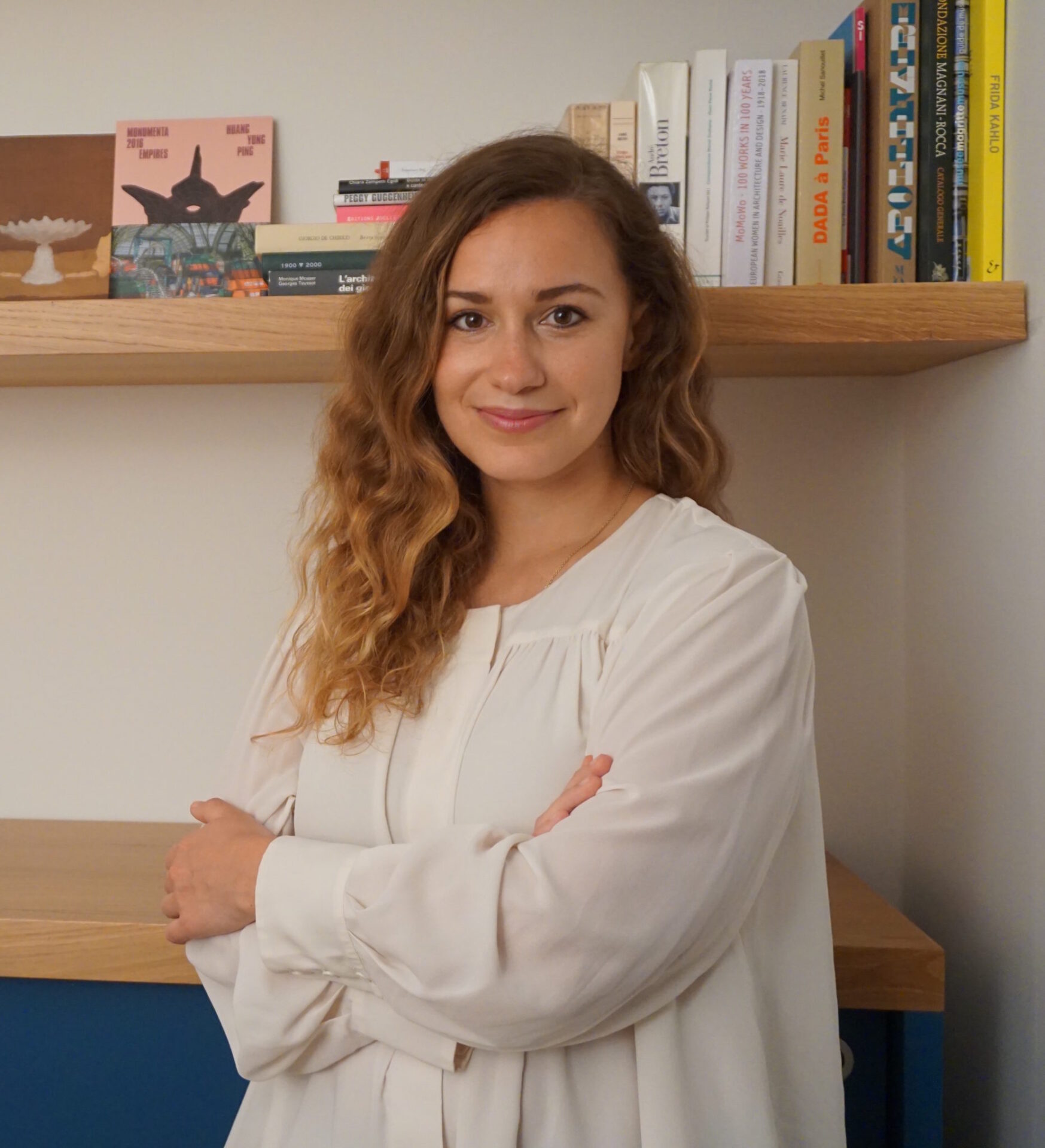
Alice Ensabella received her Ph.D. from the University La Sapienza of Rome, in co-direction with the University of Grenoble, in 2017. Her research, supervised by Alain Bonnet and Ilaria Schiaffini, focuses on the rise of an art market around early Surrealist art (1919-1930).
She began this work during her BA and MA in Art History at the University of Florence, analyzing the activity of Parisian art dealers in the 1920s and 1930s. Since 2012, she has been collaborating with the Archivio dell’Arte Metafisica in Milan and since 2013 with the Magnani Rocca Foundation in Parma (working on exhibitions on Campigli, Gino Severini, Giacomo Manzù, Marino Marini, and Paul Delvaux). In 2015 she became a member of the International Network for Young Scholars of the Forum of Art and Market (Berlin, Technische Universität).
In 2016, she assumed charge of documentation at the Institut National d’Histoire de l’Art in Paris and research engineer for the Labex “Le surréalisme au regard des galeries, des collectionneurs et des médiateurs, 1924-1959”. At present, she is an assistant professor at the University of Grenoble teaching Contemporary Art History and running a seminar on the Contemporary Art Market.
Alice has published articles and essays on Surrealist art market (Ricerche di Storia dell’xArte, 2017 – Studi Online, 2015 – 2016) and on the relationship between dealers and artists (Gino Severini. L’emozione, la regola, 2016).
During her fellowship at CIMA, Alice will reconsider Savinio’s second Parisian period (1926-1933) in a new light, trying to explore in depth his relationships with André Breton and others group’s members, the influences of artists as Max Ernst on his painting, as well as the circulation of his works in the Parisian artistic environment (in private collections or auctions).
Franco Baldasso
Summer 2017
2017 CIVITELLA FELLOW
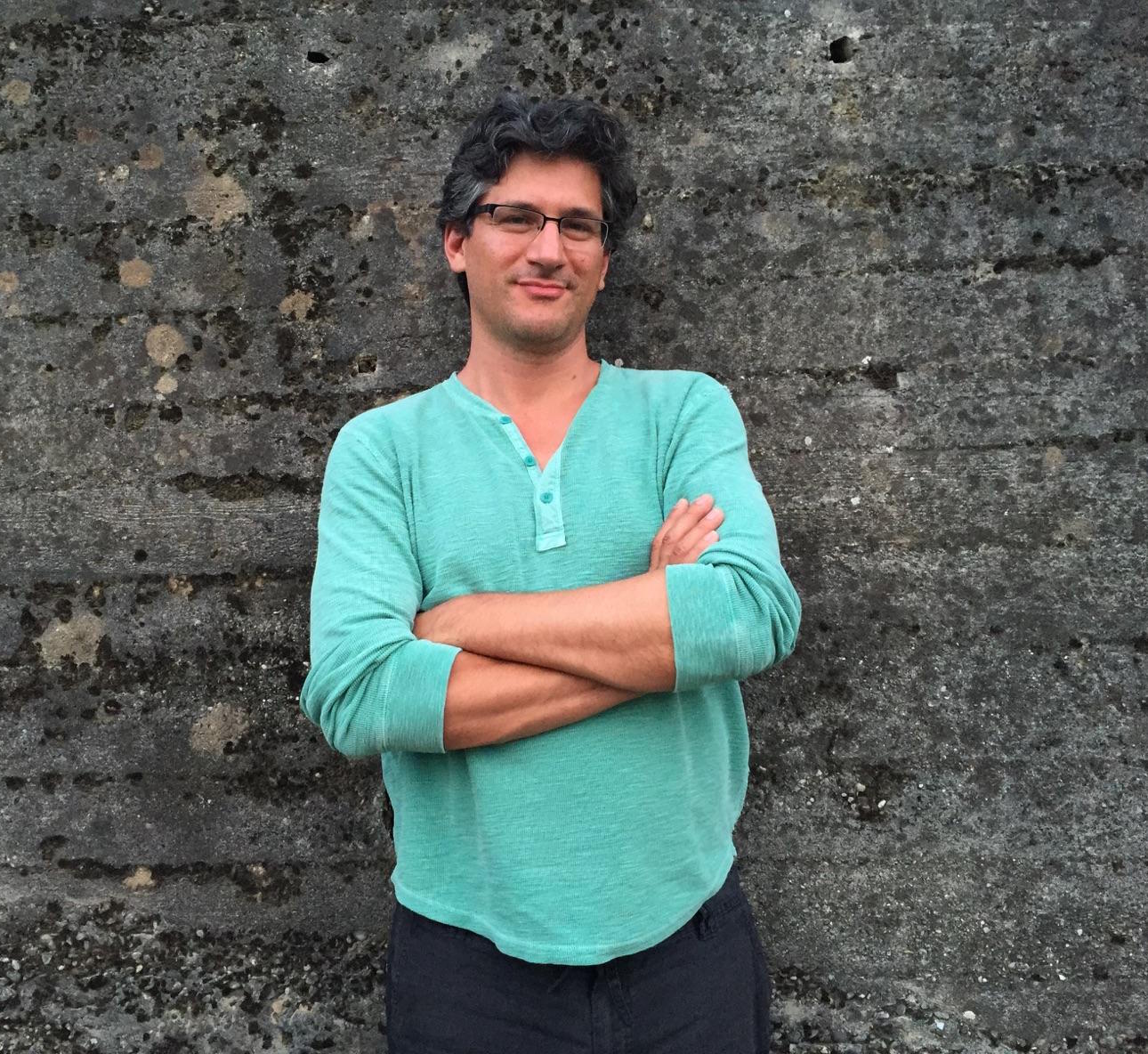
Franco Baldasso is the recipient of the 2019 Rome Price in Modern Italian Studies from the American Academy in Rome. He is Director of the Italian Program at Bard College, NY, where he is Assistant Professor of Italian Studies. In his research he examines the complex relations between Fascism and Modernism, the legacy of political violence in Italy, and finally the idea of the Mediterranean in modern and contemporary aesthetics. He authored two books in Italian: one on Holocaust survivor Primo Levi, Il cerchio di gesso. Primo Levi narratore e testimone (Bologna, 2007), as well as Cristo senza redenzione. Curzio Malaparte e la modernità (1940-1951) (Roma, Carocci 2019, forthcoming). He also co-edited an issue of Nemla-Italian Studies titled “Italy in WWII and the Transition to Democracy: Memory, Fiction, Histories.” He contributes to publicbooks.org, and is a member of the Advisory Board of the journal Allegoria, and of the Archivio della Memoria of the Centro Studi sulla Grande Guerra “P. Pieri” in Vittorio Veneto, Italy. Franco is currently revising a book manuscript titled: “Against Redemption: Literary Dissent during the Transition from Fascism to Democracy in Italy.”
Franco also participated in the Alberto Savinio season, leading two programs exploring Savinio’s literature and contributing a paper during the Savinio Study Days.
Valeria Federici
Travel Fellow
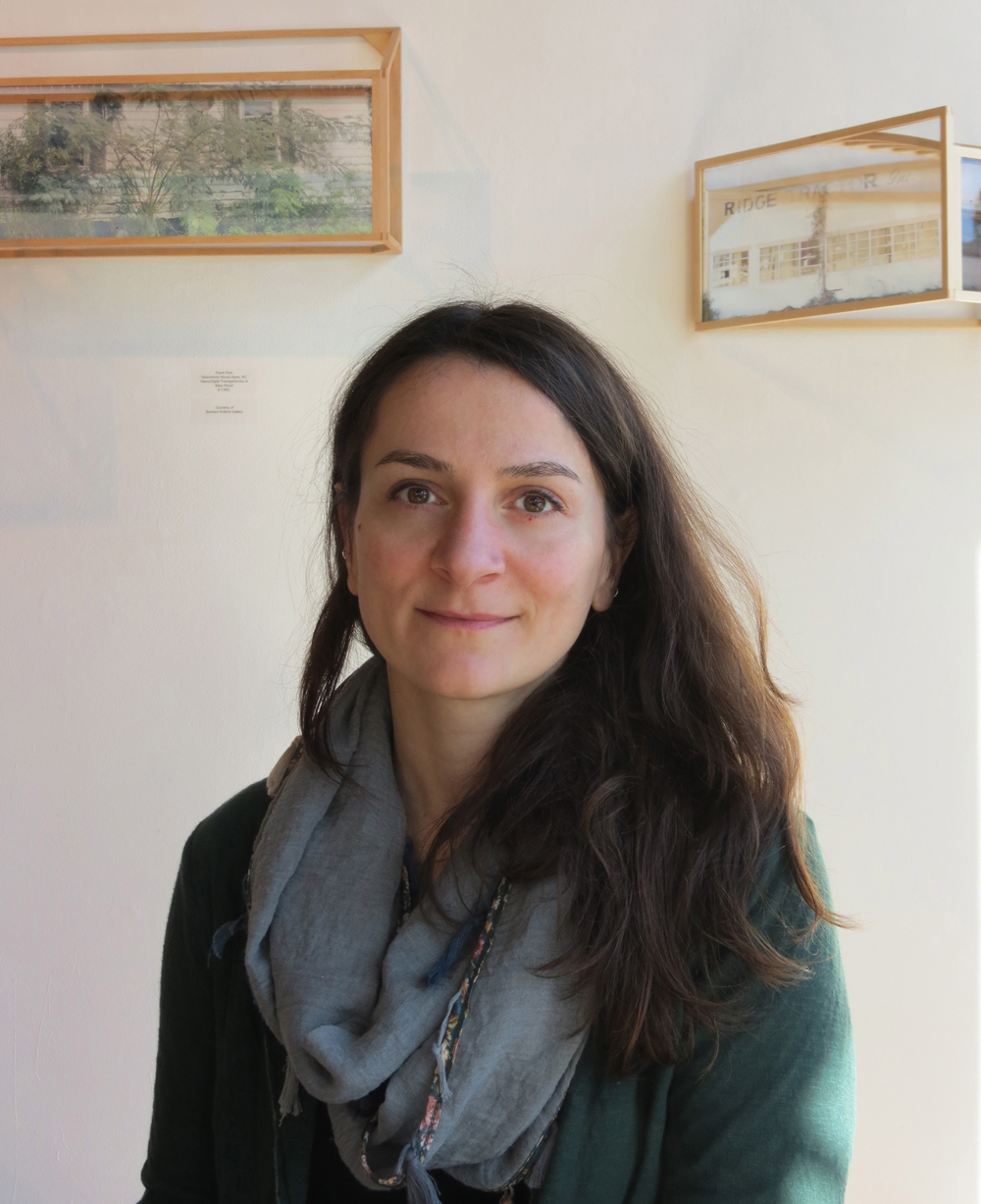
Valeria Federici is a PhD candidate In Italian Studies as well as an MA student in History of Art and Architecture at Brown University, Providence, RI. Her interdisciplinary PhD thesis project, entitled “Network culture in Italy in the 1990s and the making of a place for art and activism,” explores how contemporary art practices, political activism, and information technology intertwine. In particular, her project focuses on political activism in Italy after 1989 and the use of information as an artistic medium. Valeria’s research interests revolve around themes of sovereignty, space, social movements, cultural identity, technology, and art. She graduated in Letters with a concentration in History of Art from the Università Roma Tre in Rome, Italy, with a thesis that explored the role of local and central government in controlling the cultural representation through the Museo Artistico Industriale (Applied Art School) and through initiatives such as the Universal Exposition held in Rome in 1911 to celebrate the fiftieth anniversary of the unification of the Italian kingdom. She has curated independent art projects and participated in several guest lectures and roundtables about arts management, art and activism, and the role of cultural institutions in place-making and community-building in post-industrial cities. As an independent art editor she published exhibition reviews, book reviews, and artist interviews for different magazines and online publications including The Oxford Art Journal. Her recent research projects include a study of the representation of women in Italian TV and cinema in the 1950s to be published in the volume Female Identity and Its Representations in the Arts and Humanities: Neoclassic to Twenty-first Century (Cambridge Scholars), and an investigation over the possibilities of exploring, displaying, and interacting with old and new digital artworks and artifacts. With the collaboration of the Center for Digital Scholarship at Brown University, she has completed a digital interface that explores the relationships between the Garibaldi Panorama (a painting, two hundred sixty feet in length, which has been digitized at Brown University) and the visual and textual materials collected in the Harvard Risorgimento Preservation Collection. She is a Research Team Associate for the project The Garibaldi Panorama and The Risorgimento at Brown University.
For her CIMA travel fellowship, Valeria will conduct research related to her dissertation in archives and other sources in Florence, Prato, Rome, and Venice. In particular, she is focused on studying the transformation of a former military fort located in Rome into a site for art and activism, through three spatial narratives—geographical, political, and relational.

